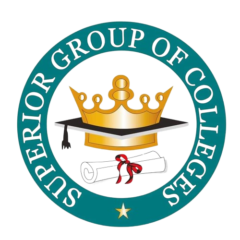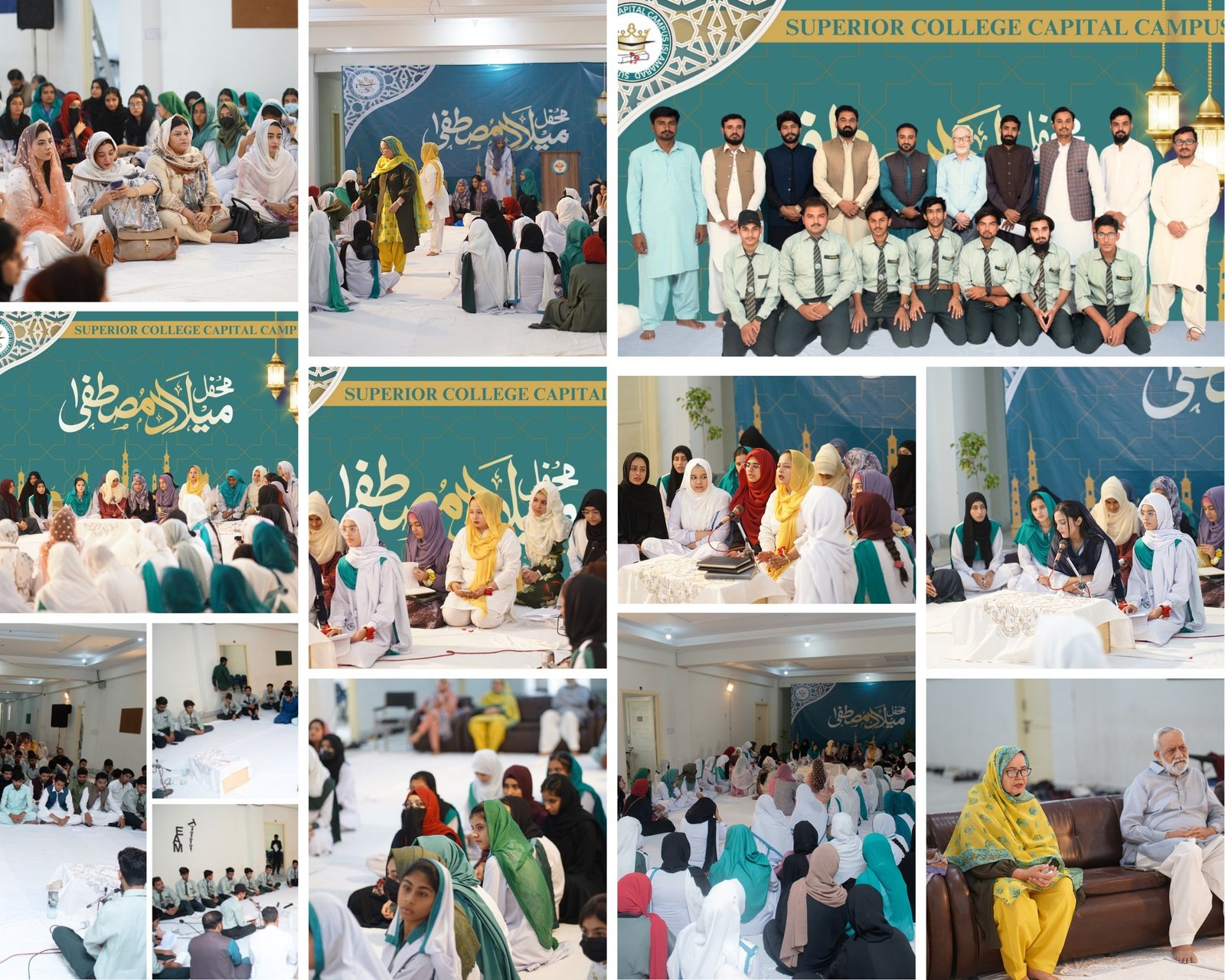Graphic design is a creative field that involves combining images, text, and colors to communicate messages visually. It plays a crucial role in shaping how we perceive information and interact with the world around us. Whether you’re designing a logo, creating a website layout, or developing marketing materials, graphic design is all about using visual elements to convey ideas effectively.
What is Graphic Design?
Graphic design is the art of visual communication through images, typography, and layout. Designers use their creativity and technical skills to produce visual concepts that inspire, inform, and captivate audiences. They work across various mediums, including print, digital media, advertising, and branding, to create designs that resonate with target audiences.
Key Elements of Graphic Design
- Typography: Choosing and arranging fonts to enhance readability and convey the intended message. Typography plays a crucial role in setting the tone and personality of a design.
- Color Theory: Understanding how colors evoke emotions and convey meaning. Designers use color palettes strategically to create visual harmony and emphasize key elements within a design.
- Layout and Composition: Organizing visual elements such as images, text, and whitespace to create balanced and aesthetically pleasing designs. Effective layout enhances readability and guides the viewer’s eye through the content.
- Visual Hierarchy: Establishing an order of importance within a design to guide the viewer’s attention. Designers use size, color, contrast, and placement to create a clear hierarchy of information.
- Image Editing and Manipulation: Using software tools like Adobe Photoshop and Illustrator to edit images, create illustrations, and enhance visual elements within a design.
Applications of Graphic Design
Graphic design is utilized in various industries and applications, including:
- Branding and Identity: Creating logos, brand guidelines, and visual identities that represent a company’s values and personality.
- Marketing and Advertising: Designing promotional materials such as posters, flyers, brochures, and digital advertisements to attract and engage audiences.
- Web Design: Developing user-friendly website layouts, navigation menus, and interface designs that enhance user experience and usability.
- Publication Design: Designing layouts for books, magazines, newspapers, and digital publications to present content in an organized and visually appealing manner.
- Packaging Design: Creating packaging designs that not only protect products but also communicate brand messages and attract consumers on store shelves.
Career Opportunities in Graphic Design
A career in graphic design offers diverse opportunities for creative professionals. Graduates with a background in graphic design can pursue roles such as:
- Graphic Designer: Creating visual concepts and layouts for various media channels.
- UI/UX Designer: Designing user interfaces and experiences for websites and mobile applications.
- Art Director: Overseeing the visual style and creative direction of projects and campaigns.
- Brand Identity Designer: Developing logos, brand guidelines, and visual identities for businesses and organizations.
- Freelance Designer: Working independently on projects for clients across industries.
Conclusion
Graphic design is a dynamic and evolving field that merges creativity with technology to communicate ideas visually. Whether you’re interested in expressing your artistic talents, solving design challenges, or shaping the way people perceive brands and messages, graphic design offers a rewarding career path. By mastering key design principles, embracing digital tools, and staying updated with industry trends, aspiring graphic designers can unleash their creativity and make a meaningful impact through visual communication.







